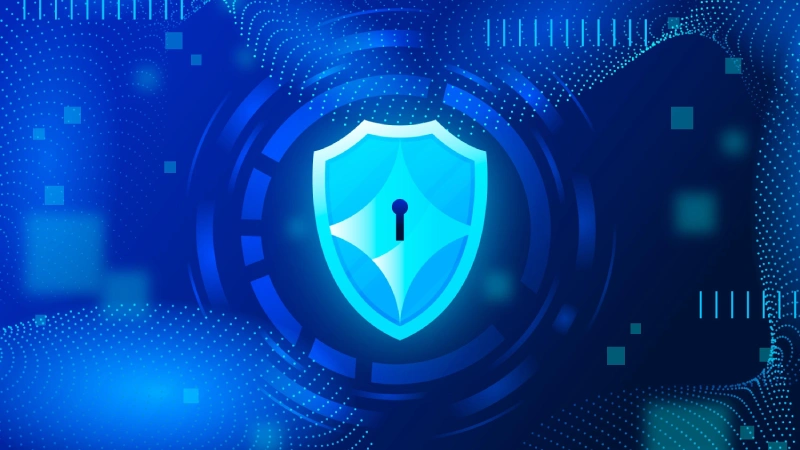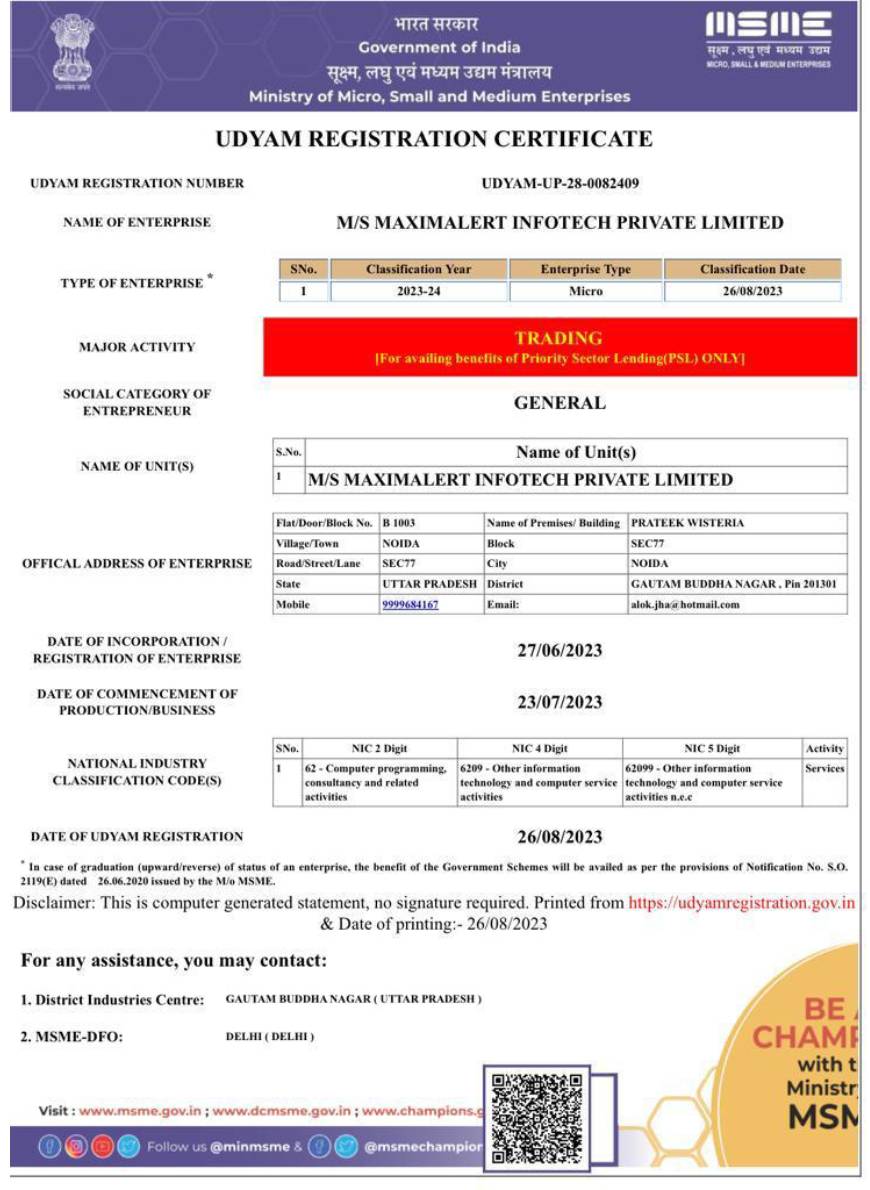What is Digital Arrest, How it Works and Prevention Methods
Abhishek Rai
October 11, 2024
Visit Count : 97
One of the most dangerous and concerning scams that is surfacing in recent times is the "Digital Arrest." In this new scam, the fraudsters pose as law enforcement officers and demand money from their targets by creating a panic situation.
Usually, the scam starts with an unsolicited phone call or video call from someone posing as a representative of a government entity, including the police, the CBI, or other law enforcement organizations. These con artists use a range of strategies to instill fear in their targets:

- False Accusations: The callers falsely claim that the victim has committed significant crimes such as financial fraud, drug trafficking, or money laundering.
- Threat of Arrest: If the victim doesn't comply, the con artists use the threat of an instant arrest to instill a sense of urgency.
- Isolation and intimidation: In order to keep things under control, victims are frequently told to spend a lot of time on the video call. This keeps them from asking for assistance or double-checking the information.
- Financial Demands: Getting money out of the victim is the ultimate objective. Scammers frequently want early payments for bail, avoid negative publicity, and cover legal fees.
- Psychological Manipulation: The fraudsters heighten the victim's emotional state and make them more vulnerable by using techniques like fake sobbing noises for the background or posing as family members.

Recently, a complaint was registered at the Noida Cyber Crime Police Station made by a 50-year-old victim, who was deceived of over Rs 11 lakh and exposed to "digital arrest". By using the identities of an IPS officer in the CBI and the founder of an airline that was grounded, the attackers, masquerading as law enforcement officers, falsely accused the victim of being involved in a fake money-laundering case. She was told that she had another SIM card in her name that was used for fraudulent activities in Mumbai. The complaint made by the victim asserted Victim's call was transferred to a person (who identified himself as a Mumbai Police officer) who conducted the initial interrogation over the call and then on Skype VC, where she stayed from 9:30 AM to around 7 in the evening. The woman ended up transferring around ?11.11 lakh. The scammers then ended contact with her, after which she realised she had been scammed.
Another recent case of digital arrest fraud came from Faridabad. Where a 23-year-old girl got a call from a fraudster posing as a Lucknow customs officer. The caller said that a package was being shipped to Cambodia that included cards and passports associated with the victim's Aadhaar number. The victim was forced to believe that she was a part of illegal activity, which included trafficking in humans. Under the guise of police officials, the hackers made up allegations before extorting money from the victim. After that, she was told by a man acting as a CBI official that she needed to pay five per cent of the total which was Rs 15 lakh. She said the cybercriminals instructed her not to log off Skype. In the meantime, she ended up transferring Rs 2.5 lakh to a bank account shared by cybercriminals.
Measures to protect against Digital Arrest:
- Cyber Hygiene: This includes maintaining cyber hygiene by regularly updating passwords, and software and also enabling two-factor authentications to reduce the chances of unauthorized access.
- Phishing Attempts: These can be evaded by refraining from clicking on dubious links or downloading attachments from unknown sources and also authenticating the legitimacy of emails and messages before sharing any personal information.
- Secured devices: By installing reputable antivirus and anti-malware solutions and keeping operating systems and applications up to date with the latest security protocols.
- Virtual Private Networks (VPNs): VPNs can be employed to encrypt internet connections thus enhancing privacy and security. However one must be cautious of free VPN services and OTP only for trustworthy providers.
- Monitor online services: A regular review of online accounts for any unauthorized or unlawful activities and setting up alerts for any changes to account settings or login attempts may help in the early detection of cybercrime and coping with it.
- Secure communication channels: Using secure communication techniques such as encryption can be done for the protection of sensitive information. Sharing of passwords and other information must be cautiously done especially in public forums.
Conclusion:
The increasing prevalence of cybercrime known as "digital arrest" underscores the need for preventive measures and increased public awareness. Educational initiatives that draw attention to prevalent cyber threats-especially those that include law enforcement impersonation-can enable people to identify and fend off scams of this kind. The collaboration of law enforcement agencies and telecommunication companies can effectively limit the access points used by fraudsters by identifying and blocking susceptible calls.




